Highly Rated Diets to Support Heart Health

(Family Features) Eating healthy is an important goal for people looking to maintain or improve their physical health, particularly as it relates to the heart. With often conflicting information available online and via social media, it may be difficult or downright confusing to find the eating plan for you.
 To help navigate the maze of information – and misinformation – experts assessed and scored the heart healthiness of several popular diets. Each diet was evaluated against the American Heart Association’s guidance for a heart-healthy eating pattern, which emphasizes eating a variety of vegetables and fruits, whole grains, lean proteins (including fish, low- or non-fat dairy and plant proteins), non-tropical plant oils and minimally processed foods; avoiding added sugars, salt and alcohol; and sticking to this guidance even when you’re eating away from home.
To help navigate the maze of information – and misinformation – experts assessed and scored the heart healthiness of several popular diets. Each diet was evaluated against the American Heart Association’s guidance for a heart-healthy eating pattern, which emphasizes eating a variety of vegetables and fruits, whole grains, lean proteins (including fish, low- or non-fat dairy and plant proteins), non-tropical plant oils and minimally processed foods; avoiding added sugars, salt and alcohol; and sticking to this guidance even when you’re eating away from home.
Diets received a rating between 0-100 and were ranked in tiers, with the resulting analysis published as an American Heart Association scientific statement in the journal “Circulation.”
“If implemented as intended, the top-tier dietary patterns align best with key features of heart-healthy eating and may be adapted to respect cultural practices, food preferences and budgets to enable people to eat this way for the long term,” said Christopher D. Gardner, Ph.D., FAHA, chair of the scientific statement writing committee and the Rehnborg Farquhar Professor of Medicine at Stanford University.
Tier 1: Highest-Rated Eating Plans (scores higher than 85)
The four patterns with the highest ratings align best with heart-healthy guidance, are flexible and provide an array of healthy foods to choose from.
- DASH – With a perfect score by meeting all guidance, an eating pattern similar to the Dietary Approaches to Stop Hypertension plan emphasizes vegetables, fruits, whole grains, legumes, nuts, seeds, low-fat dairy, lean meats, poultry, fish and non-tropical oils. Nordic and Baltic diets are also examples of this eating pattern, which is low in salt, added sugar, alcohol, tropical oils and processed foods.
- Mediterranean – This pattern limits dairy while emphasizing fruit, vegetables, whole grains, legumes, nuts, seeds, fatty fish and extra-virgin olive oil. Because it includes moderate alcohol drinking, rather than avoiding or limiting consumption, it scored a few points lower than DASH.
- Vegetarian/Pescatarian – A plant-based eating pattern that includes fish.
- Vegetarian/Ovo/Lacto – Plant-based eating patterns that include eggs (ovo-vegetarian), dairy (lacto-vegetarian) or both (ovo-lacto vegetarian).
Tier 2: Vegan and Low-Fat Diets (scores 75-85)
These eating patterns mostly align with heart-healthy criteria and emphasize important food groups but fell short of reaching the top tier due to limitations.
- Vegan – A plant-based eating pattern that includes no animal products. Restrictions in this plan may make it more difficult to follow long term or when dining out. Following a vegan eating pattern increases the risk of some nutrient deficiencies, which may be overcome by supplements or fortified foods.
- Low Fat – A diet that limits fat intake to less than 30% of total calories, including the volumetrics eating plan and therapeutic lifestyle change plan. These types of plans often treat all fats equally while the American Heart Association’s guidance suggests replacing saturated fats with healthier fats such as monounsaturated and polyunsaturated fats. Those who follow low-fat diets may overconsume less healthy sources of carbohydrates, such as added sugars and refined grains. However, these factors may be overcome with proper counseling and education from a health professional.
To find the full results and learn more about heart-healthy eating, visit Heart.org.
Photos courtesy of Getty Images
American Heart Association
Strengthen the Family Connection with Nostalgic Activities: 5 ways to share childhood classics with your kids

(Family Features) In spite of returning to busy school-day schedules and never-ending to-do lists, most families want to maintain a sense of connectedness all year round. Special moments with your family start by leaving behind that checklist, setting smartphones aside and saving responsibilities for tomorrow.
If you catch yourself reminiscing about the goodness you grew up on, turning back the clock and showing your kiddos what childhood was like for you is one way to foster a better connection with your kids. Throw it back to your childhood with these family-favorite activities to enjoy at the breakfast table, after school or over a weekend.
Read Favorite Books
 Take it a more educational route and hook your children on a favorite novel, short story or book series. You can introduce them to favorite genres, popular characters or specific authors then head to the library to search the shelves. In fact, you could be giving them a leg up on English class; literature from your days in the classroom might still be read in schools today.
Take it a more educational route and hook your children on a favorite novel, short story or book series. You can introduce them to favorite genres, popular characters or specific authors then head to the library to search the shelves. In fact, you could be giving them a leg up on English class; literature from your days in the classroom might still be read in schools today.
Share the Goodness You Grew Up On
Childhood in the ’80s and ’90s meant school-day mornings with cartoons and delicious breakfasts. Classics like Cinnamon Toast Crunch, Lucky Charms and Cheerios were good then and are even better now with 20% the daily recommended value of Vitamin D – twice the previous amount. Vitamin D is essential for building and maintaining strong bones but is often under-consumed, according to the National Health and Nutrition Examination Survey, with 96% of all Americans ages 2 years and older falling short on this key nutrient.
“Cereal has the same great taste as when parents were kids and now even better nutrition,” said Amy Cohn, registered dietitian and senior nutrition manager at General Mills. “Affordable, accessible nutrition doesn’t have to be complicated or break the bank – and it can be as easy as a bowl of cereal beloved by multiple generations.”
Get Outside and Explore
Tech devices from tablets to video game consoles often dominate kids’ free time, but you can open their minds to a whole new world with a little outdoor exploration. Climb aboard bicycles (and strap on those helmets) for a cruise around the neighborhood or enjoy bird watching from the comfort of the backyard. If you’re on the adventurous side, gather a tent and s’mores supplies for a night or weekend in the great outdoors.
Watch Classic Movies
No VCR, no problem. A range of streaming services available at your fingertips means you can watch remastered classics just using a smart TV or casting device. Whether it’s a Spielberg favorite, original superhero flick or comedy classic, an abundance of kid-friendly movies from the video rental days are ready to watch online.
Play Board Games
Another way to turn kids’ attention from screens to the physical world is to dust off those old board games for some fun at the dining room table. Start with the basics like checkers or, with older children, jump straight into strategy-based brain games like chess for a dose of friendly competition.
For more ways to share your childhood with the next generation, visit GeneralMills.com.
Photo courtesy of Getty Images (girl making bowl of cereal)
General Mills
Quick, Easy Recipes to Add to Your Dinner Rotation: Simple, nutritious meals to make more time for family

(Family Features) Making time for meals together can have a positive impact on the well-being of families, including children and adolescents. In fact, regular meals at home can help reduce stress and boost self-esteem, according to research published in “Canadian Family Physician.”
Mealtime conversations are also a perfect opportunity to connect with your loved ones. A study published in “New Directions for Child and Adolescent Development” showed these conversations help improve children’s vocabularies more than being read aloud to.
Making time for meals together shouldn’t require spending all night in the kitchen, however. A simple-to-prepare ingredient like eggs can help you spend less time cooking and more time with family.
For example, these heart-healthy recipes for Poached Egg Tostadas with Avocado-Tomatillo Salsa, Sweet Potato Hash with Eggs and Poblano Frittata from the Healthy for Good Eat Smart initiative, nationally supported by Eggland’s Best, are ready in 15 minutes or less. They include a wide variety of vegetables, fruit, whole grains and healthy protein sources, which are recommended by the American Heart Association to help prevent heart disease and stroke.
To find more tips for family mealtimes and recipe inspiration, visit heart.org/eatsmart.
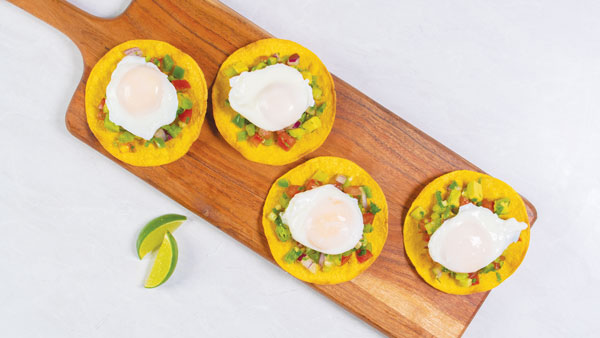
Poached Egg Tostadas with Avocado-Tomatillo Salsa
Servings: 4 (1 egg and 1/2 cup salsa per serving)
- Nonstick cooking spray
- 4 corn tortillas (6 inches each)
- 4 cups water
- 1 tablespoon white vinegar
- 4 large eggs
Salsa:
- 1 medium avocado, diced
- 1 medium Anaheim or poblano pepper, seeds and ribs discarded, diced
- 1 medium tomatillo, papery husk discarded, washed and diced
- 1/2 medium tomato, diced
- 1/4 cup diced red onion
- 1/4 cup chopped fresh cilantro
- 2 tablespoons fresh lime juice
- 1 medium garlic clove, minced
- 1/8 teaspoon salt
- Preheat oven to 400 F. Line baking sheet with aluminum foil. Lightly spray foil with nonstick cooking spray.
- Arrange tortillas in single layer on foil. Lightly spray tortillas with nonstick cooking spray. Using fork, pierce tortillas to prevent from filling with air. Bake 5-6 minutes on each side, or until golden brown. Transfer to serving plates.
- In large skillet over high heat, bring water and vinegar to boil.
- Once water is boiling, reduce heat and simmer. Break egg into cup then carefully slip egg into simmering water. Repeat with remaining eggs, avoiding eggs touching in water. Simmer 3-5 minutes, or until egg whites are completely set and yolks are beginning to set but aren’t hard. Using slotted spoon, drain eggs. Place each egg on tostada.
- To make salsa: In medium bowl, gently stir together avocado, pepper, tomatillo, tomato, red onion, cilantro, lime juice, garlic and salt. Serve with tostadas.
Nutritional information per serving: 185 calories; 11 g total fat; 2.5 g saturated fat; 3 g polyunsaturated fat; 5 g monounsaturated fat; 186 mg cholesterol; 169 mg sodium; 15 g carbohydrates; 3 g fiber; 2 g total sugars; 9 g protein.
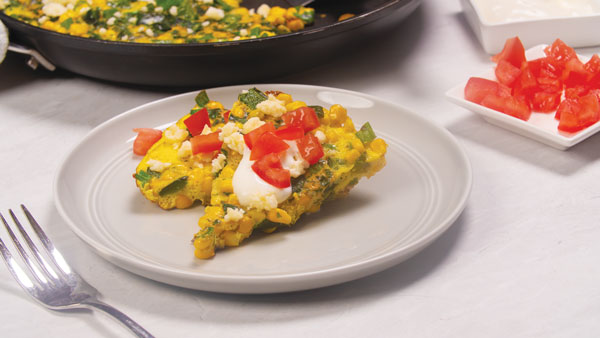
Poblano Frittata
Servings: 4 (2 wedges per serving)
- 4 large eggs
- 1/4 cup fat-free milk
- 2 tablespoons chopped fresh cilantro
- 1 teaspoon olive oil
- 2 medium poblano peppers, seeds and ribs discarded, chopped
- 2 cups frozen whole-kernel corn, thawed
- 2 medium green onions, chopped
- 1/4 cup finely shredded Cotija cheese or crumbled queso fresco
- 1 medium tomato, chopped
- 1/4 cup fat-free sour cream
- In medium bowl, whisk eggs, milk and cilantro.
- In medium skillet over medium heat, heat oil, swirling to coat bottom of skillet. Cook poblano peppers 3 minutes, or until browning on edges, stirring frequently.
- Stir in corn and green onion. Reduce heat to medium-low and carefully pour in egg mixture. Cook, covered, 10 minutes, or until mixture is just set on edges and still soft in center. Avoid overcooking. Remove from heat.
- Sprinkle with cheese. Cut into eight wedges. Place two wedges on each plate. Top with tomatoes and sour cream.
Nutritional information per serving: 244 calories; 8.5 g total fat; 2.5 g saturated fat; 1.5 g polyunsaturated fat; 3 g monounsaturated fat; 192 mg cholesterol; 177 mg sodium; 27 g carbohydrates; 4 g fiber; 8 g total sugars; 13 g protein.

Sweet Potato Hash with Eggs
Servings: 4 (1 cup per serving)
- 2 teaspoons canola or corn oil
- 1/2 medium onion, chopped
- 4 medium sweet potatoes, peeled and cut into 1/2-inch cubes
- 1/2 medium red or green bell pepper, chopped
- 2/3 cup fat-free, low-sodium vegetable broth
- 2 teaspoons minced garlic
- 2 teaspoons smoked paprika
- 1 teaspoon ground cumin
- 1/2 teaspoon dried thyme, crumbled
- 1/2 teaspoon coarsely ground pepper
- 1/8 teaspoon salt
- 4 large eggs
- hot pepper sauce (optional)
- In pressure cooker set on saute, heat oil. Cook onion 3 minutes, or until soft, stirring frequently. Turn off pressure cooker.
- Stir in potatoes, bell pepper, broth, garlic, paprika, cumin, thyme, pepper and salt. Secure lid. Cook on high pressure 3 minutes. Quickly release pressure. Turn off pressure cooker.
- Remove pressure cooker lid. Crack one egg into small bowl. Using back of spoon, make small well in potatoes. Slip egg into well. Repeat with remaining eggs, making separate well for each egg. Secure lid with pressure vent open. Saute 2 minutes. Let stand on “keep warm” setting 2 minutes, or until eggs are cooked to desired consistency.
- Serve hash sprinkled with dash of hot pepper sauce, if desired.
Nutritional information per serving: 258 calories; 7.5 g total fat; 2 g saturated fat; 1.5 g polyunsaturated fat; 3 g monounsaturated fat; 186 mg cholesterol; 244 mg sodium; 39 g carbohydrates; 6 g fiber; 9 g total sugars; 10 g protein.
American Heart Association
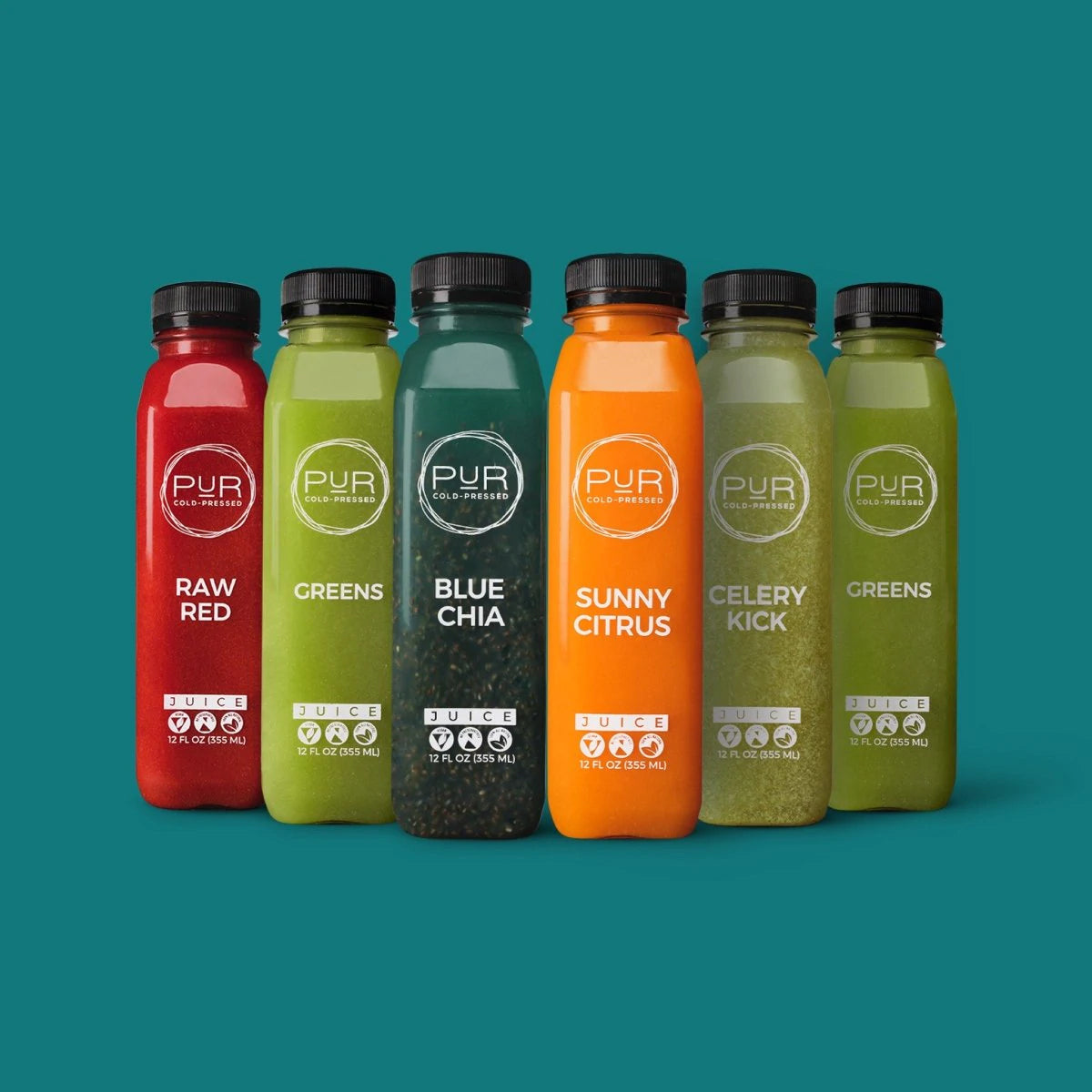
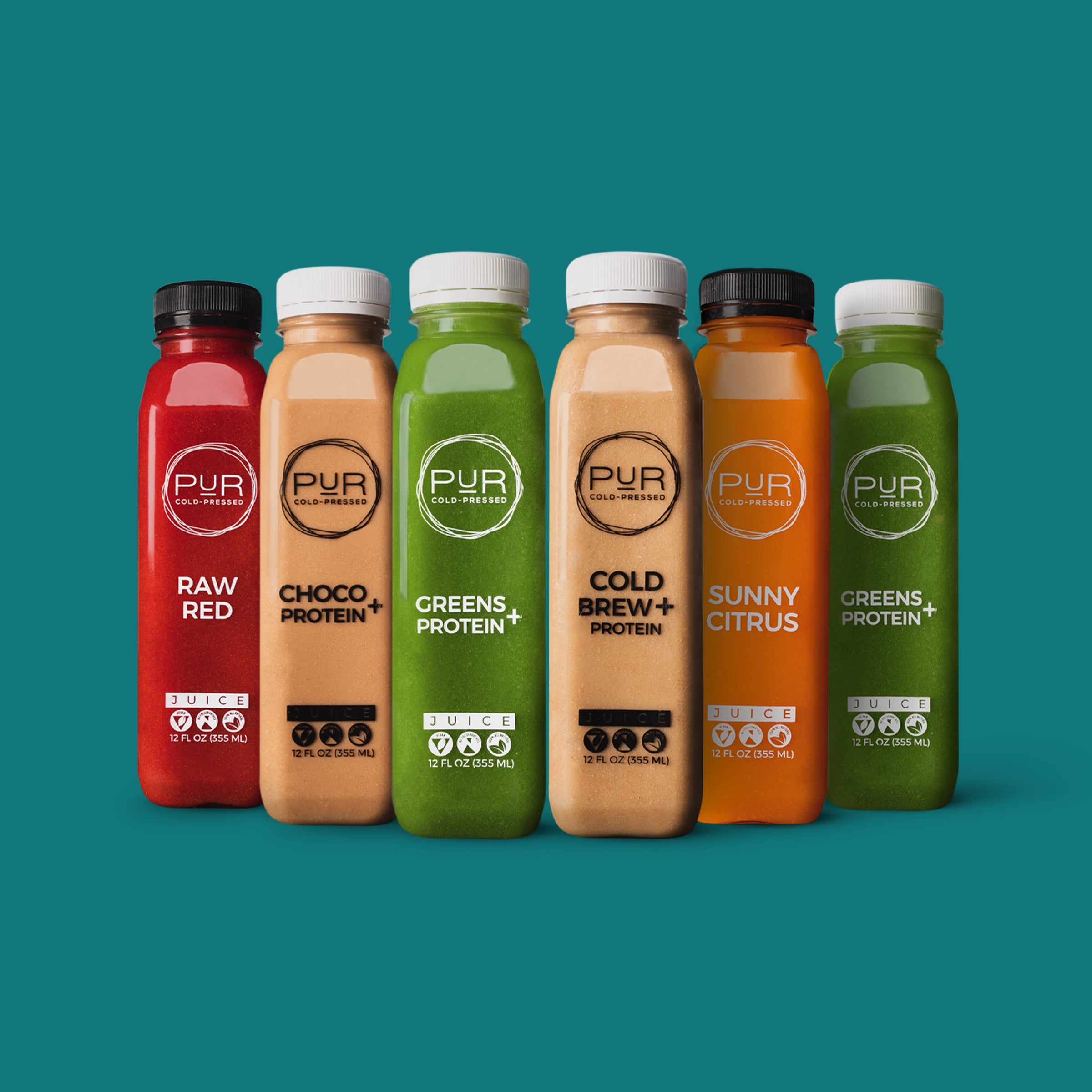
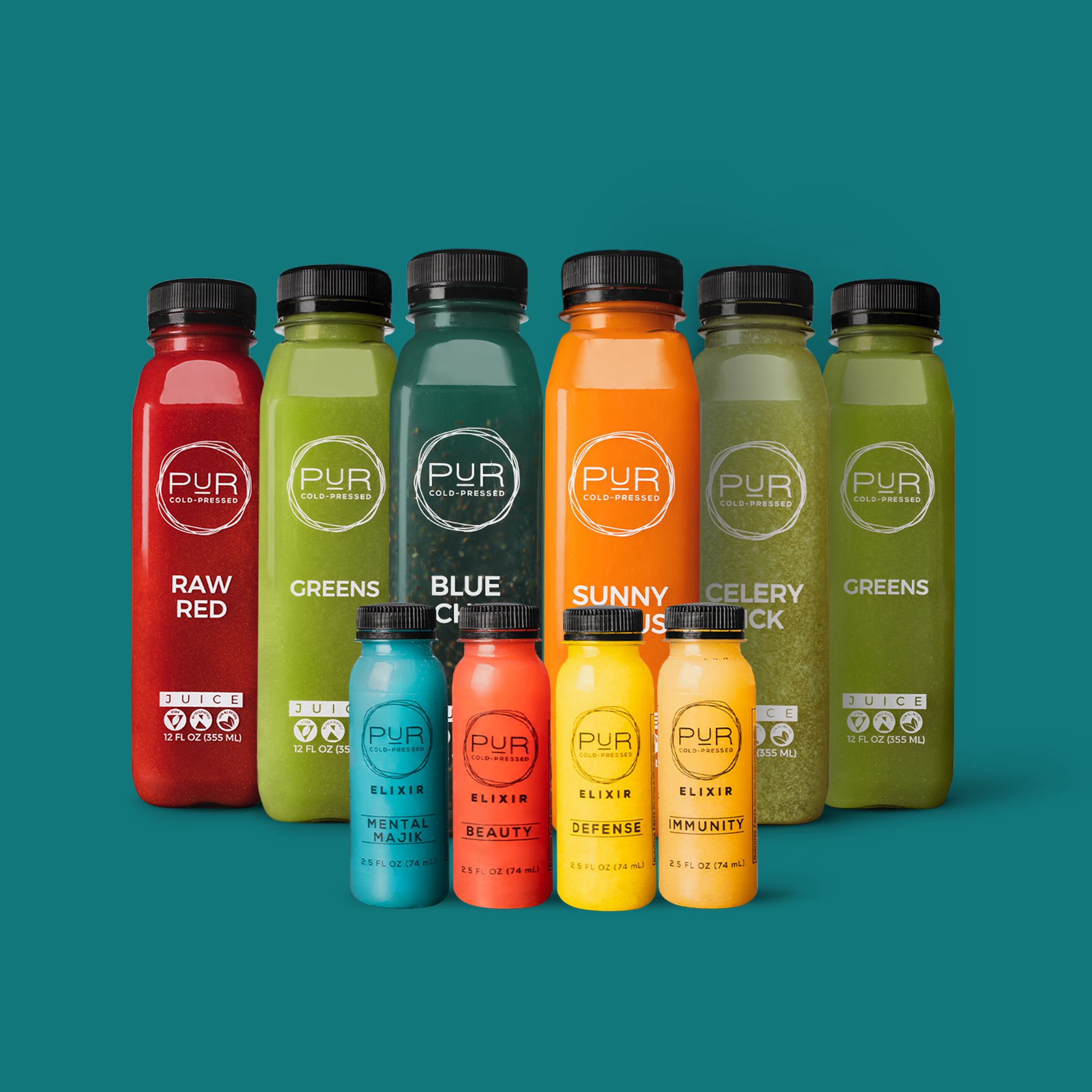
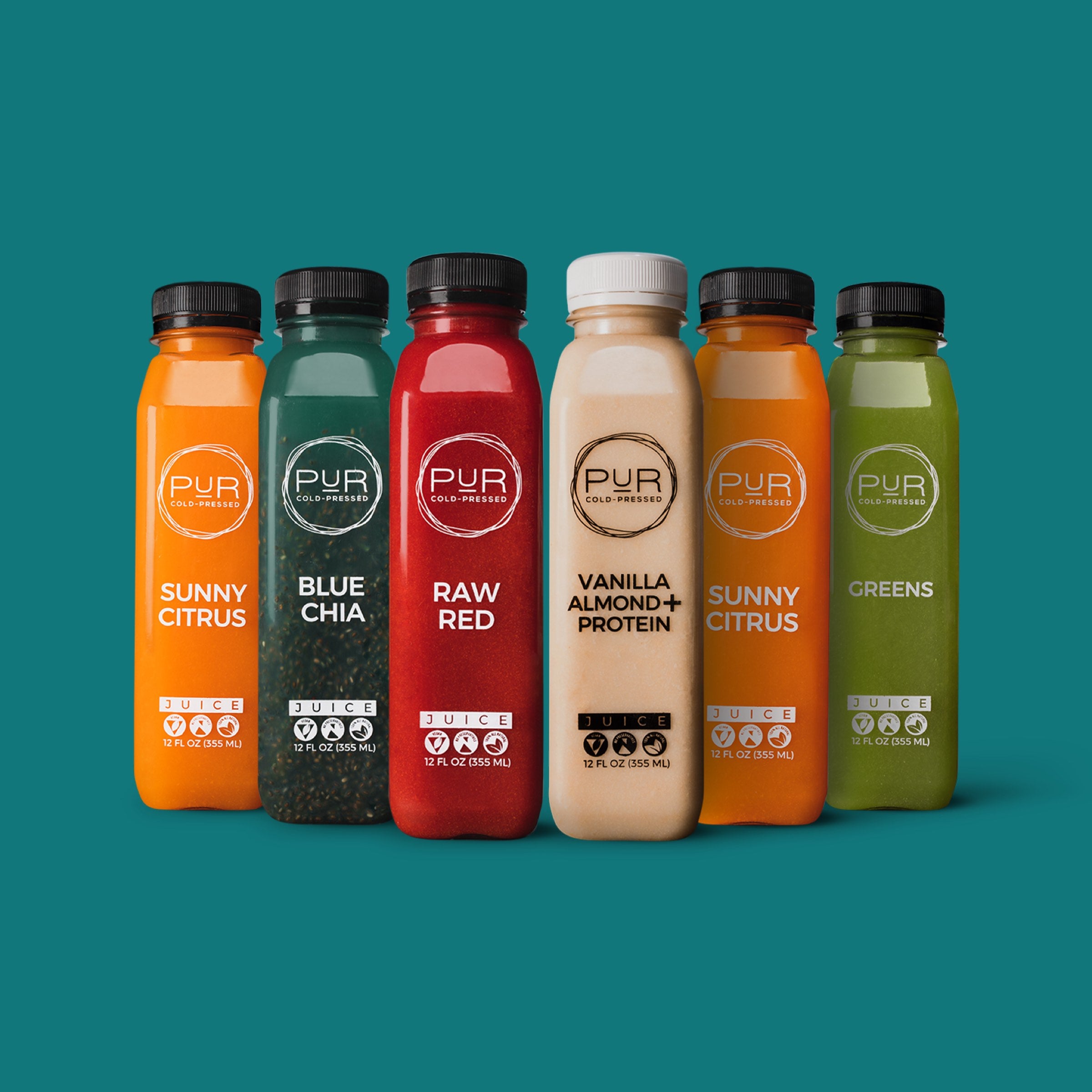
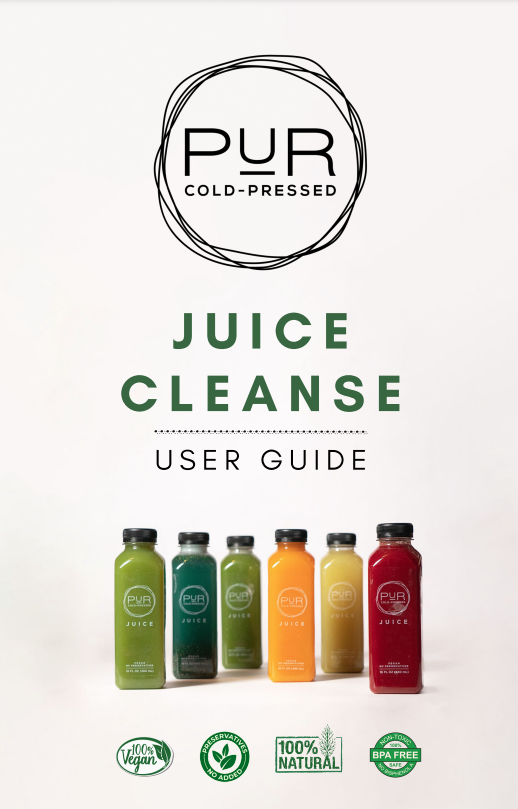


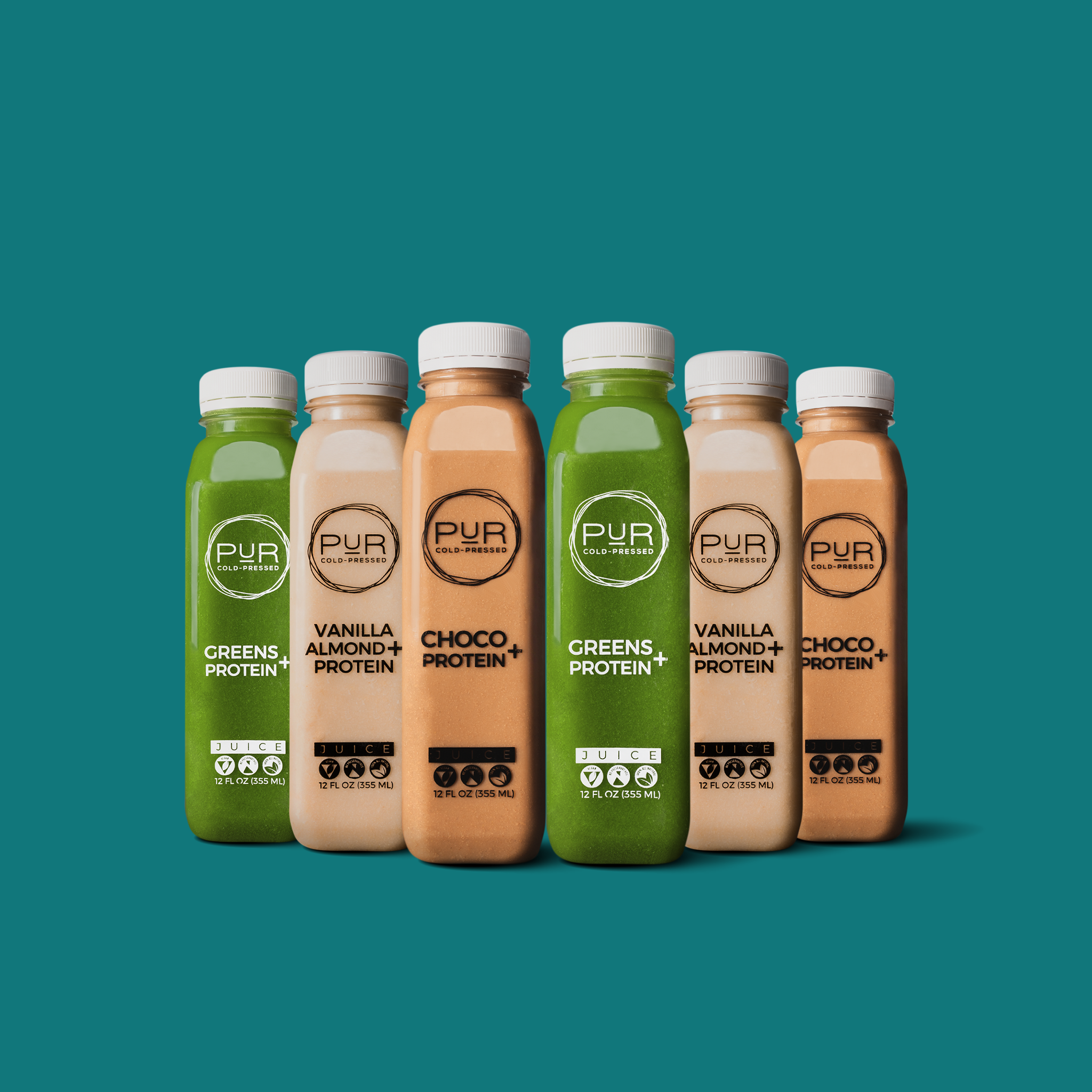
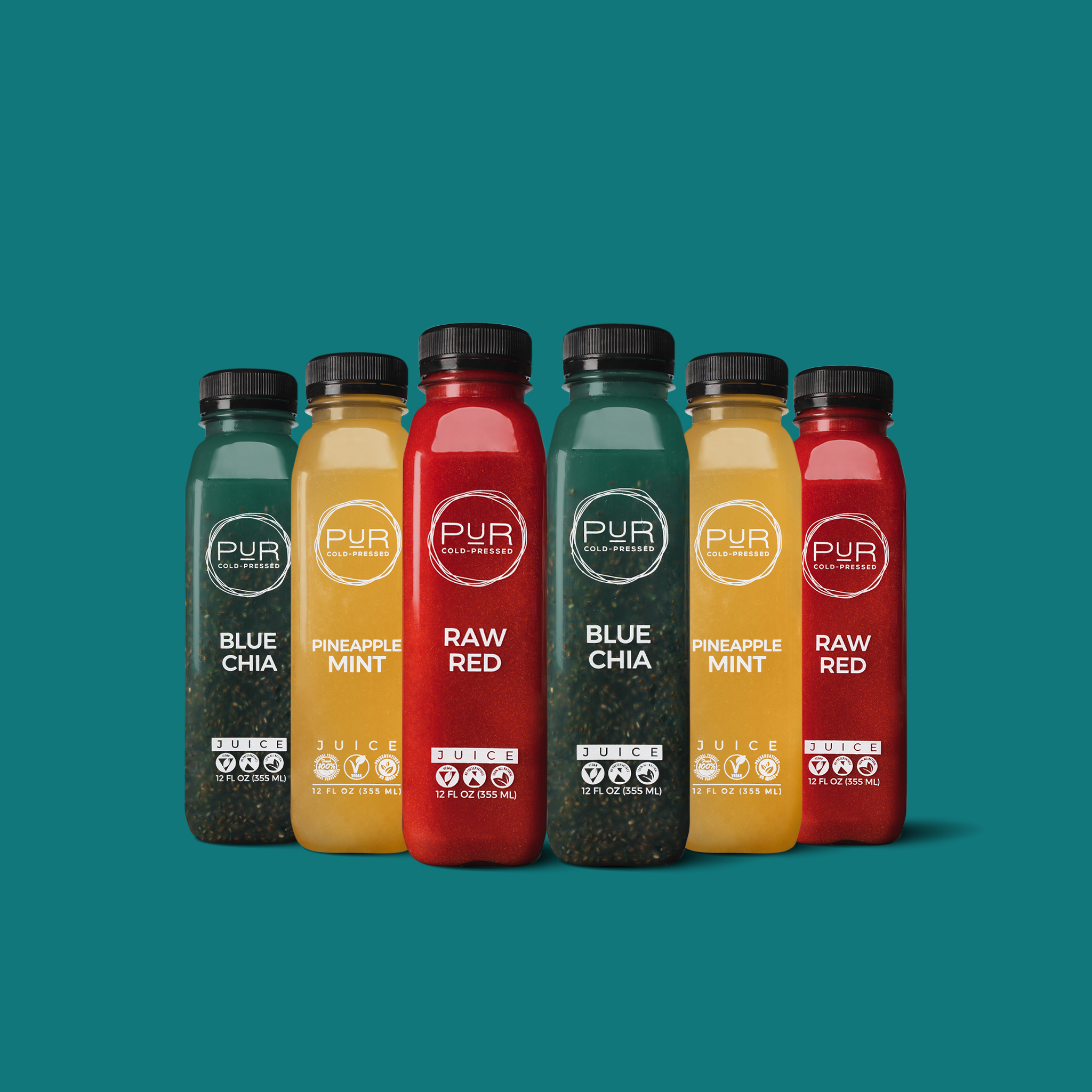
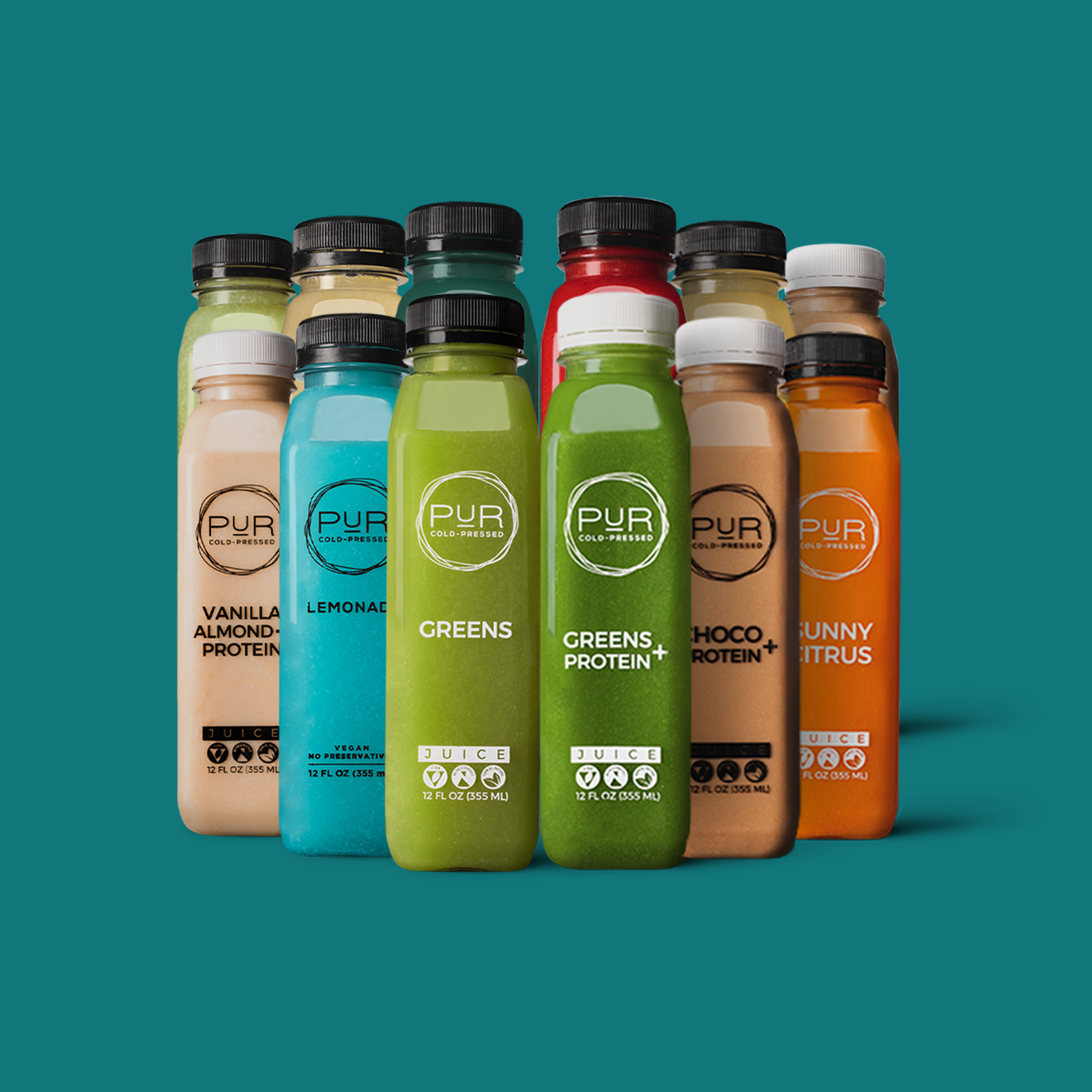

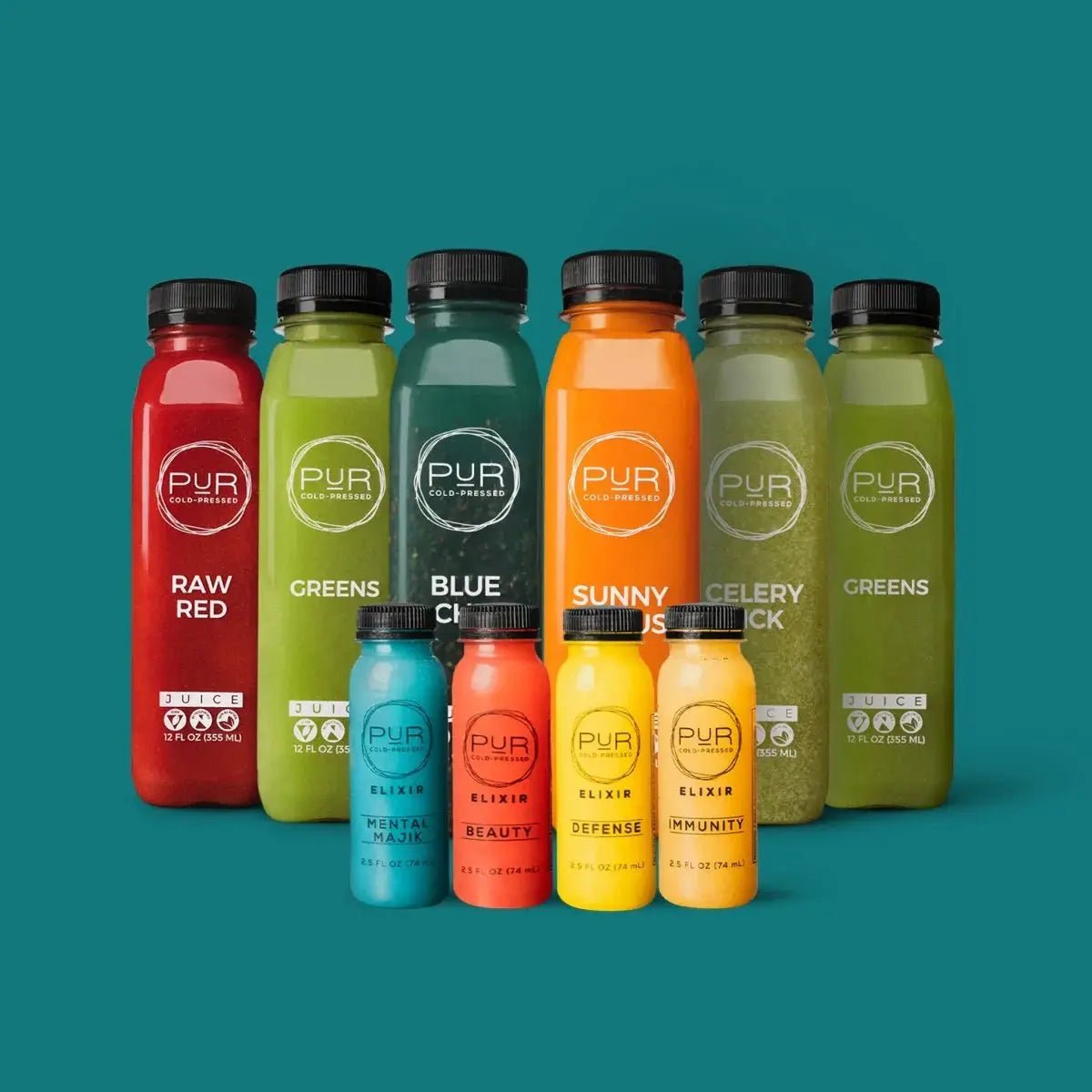

Leave a comment
All comments are moderated before being published.
This site is protected by hCaptcha and the hCaptcha Privacy Policy and Terms of Service apply.